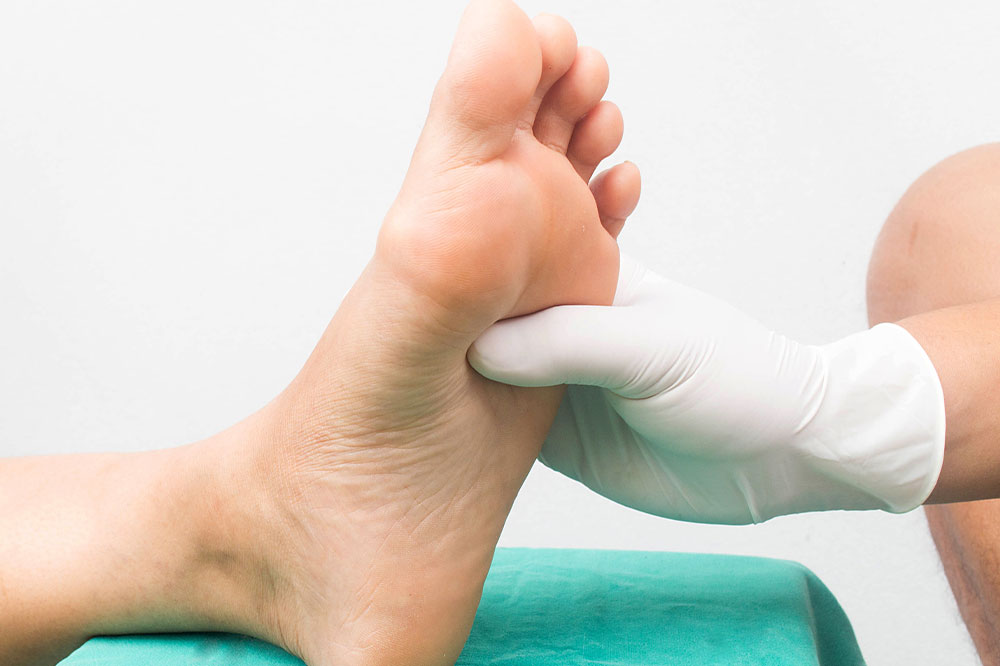4 signs of diabetic neuropathy due to high blood sugar

Diabetic neuropathy occurs when a person has had high blood sugar levels for a long time. It causes nerve damage that progresses over several decades. It is a common and often serious complication for those with long-term type 1 and type 2 diabetes. People have to manage their blood sugar levels to prevent further complications. This is why it is important to watch out for these signs of diabetic neuropathy due to excessive sugar levels.
Frequent feelings of numbness
One of the common signs of diabetic neuropathy due to excessive sugar levels in the blood is the frequent feeling of numbness in the extremities. Some people are not able to feel their feet while they are walking. The feeling of tingling or burning is also experienced in the feet or hands. Some also feel they are wearing gloves or socks when they are not.
Sudden shooting pains
Diabetic neuropathy can also cause a person to experience sudden and sharp pains in their body. It usually occurs in the hands and often feels like an electric current passing through. The shooting pain can also cause cramping while the person is trying to grasp something like a spoon or a glass of water. The cramping and pain can also cause them to drop what they hold in their hands unintentionally.
Loss of balance
In some cases, the high levels of sugar in the blood due to diabetes can also affect a person’s gait and ability to walk straight. There is a loss of balance. So the person starts to walk with a wobble. They are at a high risk of falling or tripping over things while walking.
Exaggerated sensations of hotness and coldness
Due to the damage to the nerves, diabetic neuropathy can cause a person to experience exaggerated sensations. For example, if they are holding a cup of hot tea, they may feel as if their hands are burning. So they may feel pain if anything cold comes into contact with their skin. In addition, their extremities may feel cold or hot for no reason.